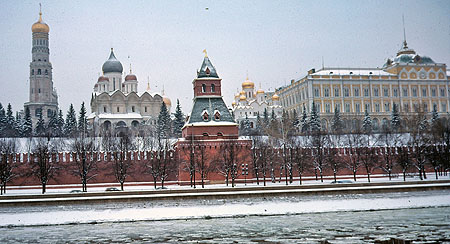![]()
What you must do in this unit
- Review "Interpreting Visual Evidence: Media Representations of Globalization" in chapter 29 of the textbook.
- Read my short notes on the future and watch my short video? You can probably come up with similar thoughts.
- Study the Questions to Consider and the Key Terms for the unit.
SUBMIT
- Submit the required Reflective paragraph (20 points).
- Post in the discussion forum (5 points) a comment on what you found most interesting about your study of history in HIS 102 and include a suggestion for improving the course. Suggestions are very valuable as we are always making revisions to the course.
- IMPORTANT, as we come to the end of the course: To earn a grade of A, B, C or D, you must complete all required assignments, including the group project, and the two exams and earn the required number of points in the course.
What you can do in this unit
- Conor Ginnell (Fall 2017) created this great Tumblr exhibit on Twentieth Century Fantasy.
- Watch Why Is History Important? (National World War I Museum and Memorial).
Some videos that you can watch for this unit
- Globalization I, The Upside and II, Good or Bad (Crash course videos)
- For extra credit please suggest to your instructor a relevant video for this unit of the course. Send the title of the video, the URL and a brief explanation of why you find the video interesting and applicable to the material that is being studied in this unit.
Extra Credit Options
- For up to 10 points of extra credit, write a short paragraph in which you explain why you think it is important to study history (check these two links for more information, Historians and Why we study history).
- For extra credit up to 5 points, we are always looking for photos from historical sites (graves, statues, churches, battlefields, buildings, waterfalls, mountains, etc) from around the world, particularly Russia, to use in our online courses. If you have anything that you wish to share, we would much appreciate it, and you will receive credit for your photo if we use it in one of our courses. Any photos that you send must have been taken by yourself. Please attach your photos to an email and send to Professor Evans at charles.t.evans@gmail.com. (Don’t use cevans@nvcc.edu because of email attachment size limits.) Be sure to cc your email to your current course instructor if that is not Professor Evans. This extra credit opportunity does not count against your limit of one extra credit for this unit.
Unit Learning Objectives
- Upon successful completion of this unit and with the completion of your reflective paragraph, you will have demonstrated your mastery of the course goals and objectives, which are
- Establish a chronology of historical events in the Western world since 1600 CE.
- Explain the changing geopolitical structures of the Western world up since 1600 CE.
- Define the importance of key individuals and developments in Western civilization before 1600 CE.
- Identify the social, economic and political forces at work in the evolution of modern Western history.
- Recognize and describe the significance of some of the cultural achievements of modern Western civilization.
- Analyze complex historical sources and materials and reach conclusions based on interpretations of those materials.
